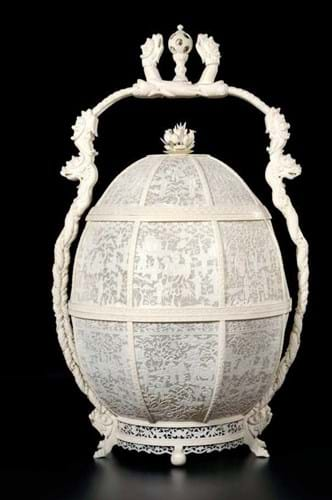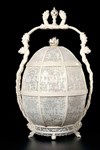BAMF’s comprehensive document was submitted to government alongside more than 60,000 other responses – making this one of Defra’s most popular consultations.
As representative of trade associations including British Antique Dealers’ Association (BADA), LAPADA and The Society of Fine Art Auctioneers (SOFAA), BAMF’s response gives the clearest indication of what a future trading environment might look like.
Its proposals include a paid-for certif ication system allowing exemptions for portrait miniatures, items where ivory makes up a small part of the whole (de minimis) plus items of artistic, cultural, or historic merit based on the criteria of ‘museum quality’. Items that do not meet this criteria – or those that would not merit a licensing fee of at least £50 – will not be able to be sold.
A recent survey commissioned by a group of animal welfare groups, found that 85% supported a ban on ivory sales with most supporting a ban with no exemptions.

BAMF submitted an image of this fine early 18th century Cantonese basket as an example of the ivory works it considered to be ‘of museum quality’. From the family of Henry Trail (1755-1832), an agent of the East India Company, it was sold by Woolley & Wallis of Salisbury in 2014 for £30,000.
Anthony Browne, chairman of BAMF, told ATG: “It is obvious that the pressure for an indiscriminate ban was very great and we made the case for exemptions which the government has accepted [in the consultation outline].”
He added: “Our proposals will not come as a bolt from the blue for government as we have been discussing these with them. What we are proposing is a sensible and measured arrangement which will lead to a more limited market of certain ivory carvings.”
Read more: BAMF makes sacrifices in strategic pitch















